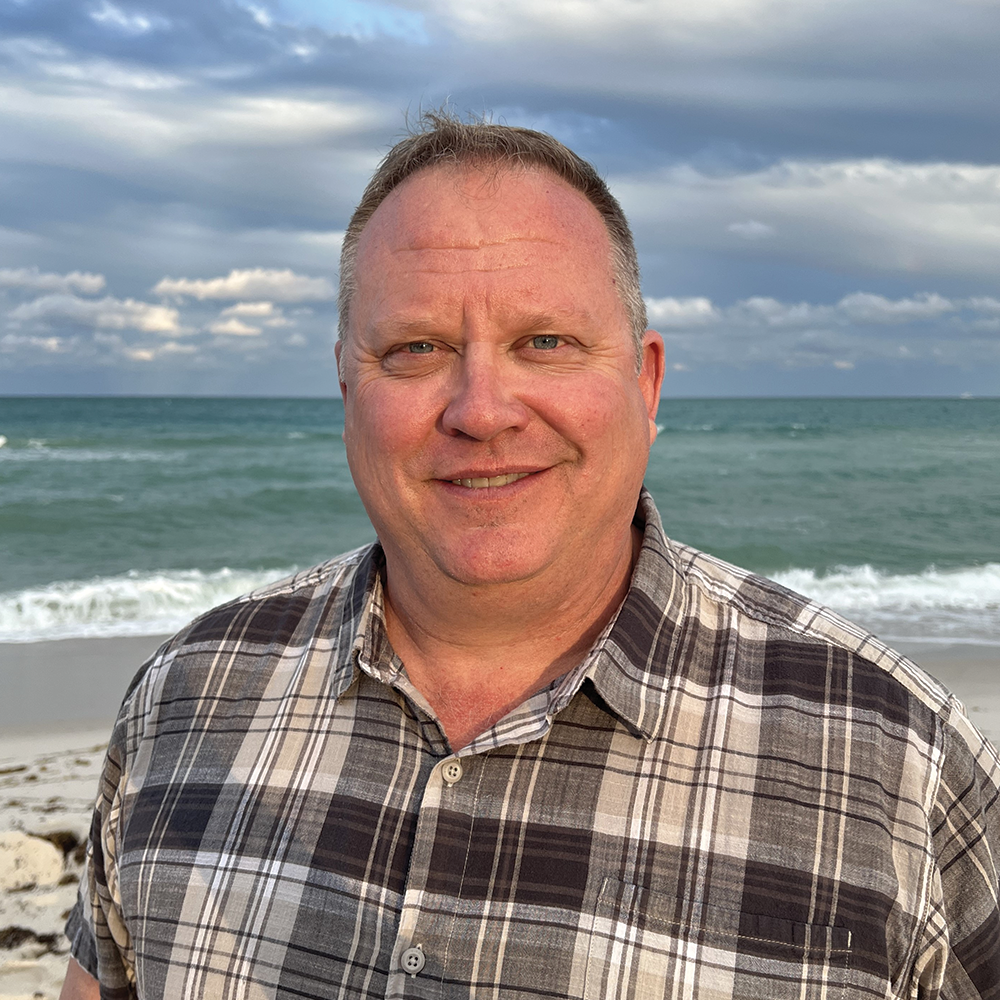How Does Spatial Empower Its Customers Through Expert Support and Strategy?
- Introduction & Role
- Customer Health & Strategic Support
- Services & Project Management
- Internal & External Collaboration
- About Spatial
Introduction & Role
- You wear several hats at Spatial, how would you define your role in a few words?
My primary role is to support Spatial's business in whatever ways I have the resources to do so. Because of the variety and diversity in the markets our customers represent, my work requires a high level of creativity and flexibility. Managing the Technical Support team is the primary method for this. My team is resourceful and has a high level of skill with which to support most of our customers. Some customers are better suited to have advanced Support and Consulting Services, so I represent our Services team as well. Having this flexibility is important for me and the teams I work with.
-
What motivated you to step into a position that bridges customer support, services, and product?
I’ve accumulated many years of experience in support—first as a technical support engineer, then as a team manager. Over time, I also worked closely with services teams across different companies, including before joining Spatial. The overlap between support and services made it a natural step for me to contribute more broadly.
As I gained familiarity with our products, I began identifying gaps in the supporting business processes. That led me to streamline workflows and ensure customers receive end-to-end support—from prospecting and product development to market launch and maintenance.
What truly motivates me is ensuring that our customers experience a continuous, coherent journey. I strive to connect support, services, and product seamlessly so customers feel like they have a guide, not a hand off, at every stage of their relationship with Spatial.
Customer Health & Strategic Support
-
You’re responsible for customer health at Spatial. What does “customer health” mean in the context of technical software?
Customer health means ensuring that clients have the knowledge and tools to build, maintain, and evolve a robust, marketable product over time. Every customer is different, so we take an individualized approach to help them overcome their specific technical or architectural challenges.
It’s a shared success model—our goal is to keep customers both technically and economically strong. When we notice recurring issues, we take action by improving documentation, code, or internal processes to prevent repetition. We work hard to ensure that each customer moves forward smoothly, without facing the same obstacles as others. I feel that we are highly successful at this, and improving all the time.
- How do you support key accounts directly, and what’s your approach to maintaining strong long-term relationships?
Each key account is unique, so I adapt my approach based on what works best for them. With some, I have short but frequent check-ins; with others, more in-depth meetings at a longer cadence. What matters most is staying in regular contact so they know they’re not forgotten and that we’re thinking proactively about their needs.
I work to build strong relationships with technical leaders and developers within each organization, ensuring communication happens at the level they’re comfortable with, whether that’s via Zoom, email, or calls. It’s not just about pushing information to them, but making sure they truly understand what we’re sharing and feel supported every step of the way.
-
What are the most common technical challenges customers face, and how does your team address them?
One of the most common challenges arises when we introduce new functionality—customers don’t always grasp it right away. To help with that, I try to proactively engage with those I know will be affected, informing them ahead of time so they’re better prepared when the feature is released. This helps reduce friction during integration.
Beyond that, Spatial places a strong focus on constantly improving our documentation and making sure our communication is clear and easy to understand from the customer’s perspective. We have a highly skilled Documentation Manager who considers each article from a customer perspective, not just from an insider’s point of view.
Ultimately, the goal is to anticipate issues and provide guidance before problems arise. That’s how we reduce recurring difficulties and support smoother adoption of our technology.
Services & Project Management
-
What does a well-defined services contract look like, and what’s the key to ensuring a smooth services delivery from start to finish?
A well-defined services contract sets clear expectations from the outset: what will be delivered, when it will be delivered, who is responsible, and the associated commercial terms. But to me, that contract is just the table of contents—it outlines the structure, but the real work happens as the project unfolds.
The key to a smooth delivery lies in maintaining open and frequent communication with the customer. Projects evolve, and no contract can predict every change or challenge that may arise. Customers learn as they go, and sometimes they change direction. We need to stay adaptable and work closely with them to ensure their evolving needs are met.
In order of importance, I believe the pillars of successful delivery are: setting proper expectations, maintaining strong communication and interaction, and ultimately delivering on what was agreed. That’s how we build trust and help customers bring powerful products to market.
-
What advice would you give to someone engaging with Spatial and wondering if services are going to help them building their new application? (idea here is to make you speak about our value and the fact that the client will release faster)
The greatest value Spatial can offer through its services lies in the depth and breadth of our expertise—both in our products and in how they’re used across different industries. For customers, the key is to trust us and not hesitate to ask the hard questions, especially in the beginning of the development process.
Spatial has knowledgeable and experienced experts across our organization, and we don’t operate in silos. It’s our role, as project managers and technical account managers, to identify and bring in the right people at the right time. We encourage customers not to limit themselves, we’re here to connect them with the best resources to support their goals.
Strong architectural choices made early on lead to lower maintenance costs, easier enhancements down the road, and a longer product lifespan. That’s why we aim to address as many core questions as possible up front. We can’t predict everything, but we can give our customers a solid, reliable foundation that accelerates development and gets them to market faster.
In one sentence? Leverage the full depth and range of Spatial’s expertise to build the most robust product possible from day one.
Internal & External Collaboration
- How do you ensure cross-team alignment between support, services, sales, and product? / What’s an example of strong collaboration between your team and a customer that made a real impact?
We have reports and automation to help us track certain aspects of our business, but we also have a dedicated team of people who focus on customer health. We have regular meetings targeted at customer health, both technically and commercially. While we do use internal data and tools to track support cases, those metrics don’t always tell the full story. That’s why a personal, case-by-case approach is essential to truly understand what’s happening on the customer side.
A great example of successful collaboration is our relationship with InnovMetric, a customer based in Canada. They have a highly popular product in the market, and the trust we've built with them, especially through our technical account manager, Yashdeep PADEY—has been instrumental. The communication is frequent, open, and constructive on both sides.
Thanks to this strong relationship, we’ve helped them transition to new workflows more smoothly, enhance the functionality they deliver to their own users, and address performance and accuracy challenges. This collaboration has, in my opinion, helped them maintain their leading position in the market.
About Spatial Corp
Spatial Corp, a Dassault Systèmes subsidiary, is the leading provider of 3D software development toolkits for technical applications across a broad range of industries. Spatial 3D modeling, 3D visualization, and CAD translation software development toolkits help application developers deliver market-leading products, maintain focus on core competencies, and reduce time-to-market. For over 35 years, Spatial’s 3D software development toolkits have been adopted by many of the world’s most recognized software developers, manufacturers, research institutes, and universities. Headquartered in Broomfield, Colorado, Spatial has offices in the USA, France, Germany, Japan, China, and the United Kingdom. For more information on Spatial’s latest updates and product offerings, please visit www.spatial.com.




